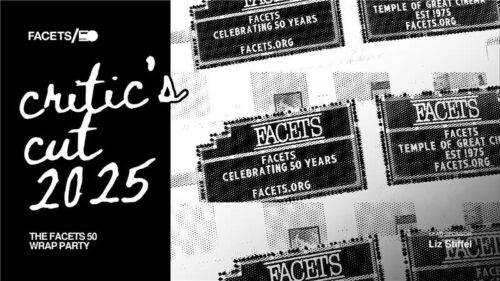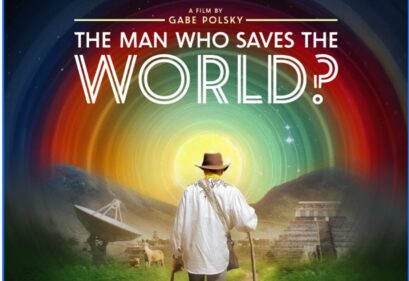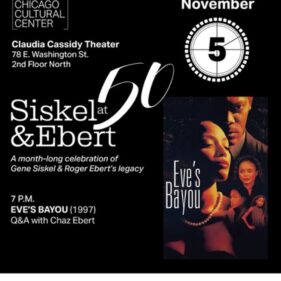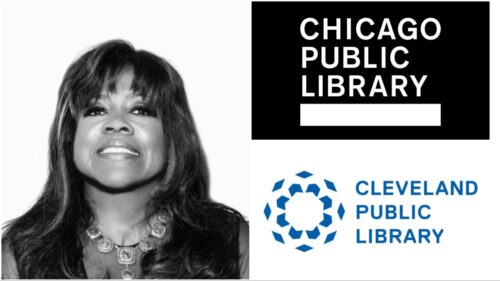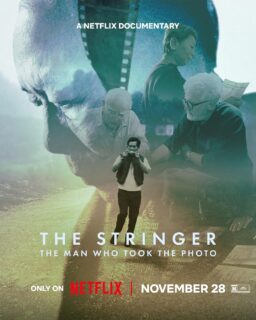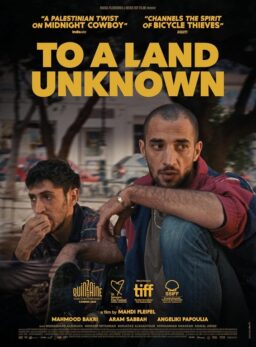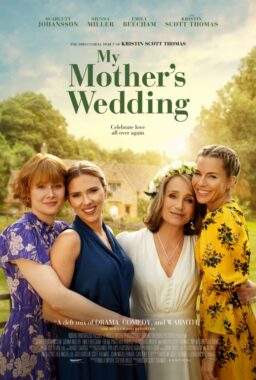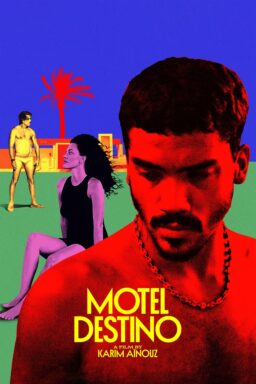The following review was written by Dyana Daniels, a Chicago high school student, as part of Columbia College Chicago’s Columbia Links journalism program for high school students. RogerEbert.com has partnered with the Chicago Urban League and Columbia Links to mentor these students and to give them a platform for their writing. Read more about the program here.
3.5 stars
The six-part documentary series “The African Americans: Many
Rivers to Cross,” narrated by Harvard University professor Henry Louis Gates
Jr., educates us about a part of American history sometimes overlooked: the
hardships and tragedies Africans endured during slavery. Commentary by Gates
and several historians grounds the story and makes it believable by providing
accounts of slaves told by historians.
Episode 1 begins in the 1500s and is called “The Black
Atlantic.” Early on, Gates showcases how detrimental slavery is for the
Africans and how the aftermath of this system will impact generations of people
for decades to come.
First, though, the film establishes the lives of Africans before
slavery spread on a global scale by using Gates as narrator and images from the
pre-slavery era. With this pairing technique, the film helps audiences see
just how debasing the journey was from Africa to America. The methods in the
first episode of the documentary help to show how slavery not only shaped
America but the lives of so many. With the voice of Gates and the usage
of artifacts like slave documents, the audience is presented with a moment in
history from a flexible vantage point. We learn that Africans captured and
traded their own people as slaves before this enterprise in human labor is
transported from Africa to America. During the transportation scene of African
slaves to slave ships, the music changed from drums to an old spiritual song as
a ship travels across the ocean.
The historians provide more details that are missing from many
history books. A compelling one is the story of a young girl named Priscilla, an
orphan sold into slavery to Elias Ball, a rice planter. Priscilla, who works in his rice fields, is
one of the 4,000 slaves he owns in July 1756. As Gates continues to elaborate
on Priscilla’s journey to America, he states how Charleston, North Carolina was
once the center of the slave trade for the 13 colonies. Also, according to
Gates, over 40 percent of all the slaves that came to America came through the
town of Charleston.
Another strong point of the film underscores the dehumanization
of slaves. Historian Vincent Brown describes slaves as ciphers, defined as
people who have no power and are not important. White owners, who try to strip
away slaves’ identities, see them as nothing more than property or expendable
resources they could control to grow their wealth.
As for the cuisine of this country, Michael Twitty, a food
historian, claims slaves “blackified” food as recipes flow between the slaves
quarters and the master’s houses. The dishes are heavily based on European
tradition. In the film, Twitty explained that while slaves were bringing in
food like red beans and jambalaya to the slave master’s house, the slaves were
taking Western dishes back to the slave quarters. As a result of various dishes
flowing between the two groups, soon there was the creation of entirely new
foods and these dishes, which would eventually spread across the country.
America, a country that prides itself on freedom, was built on the
backs of slaves. Were it not for slavery, none of this would exist. The
film does a good job of demystifying the stories told about slavery and actually
shows the roles that Africans, Europeans, and Americans played when it came to
slavery. The film works because the narrator Gates brings his expertise as a
scholar in African American history, and his knowledge, as well as the other
historians, helps to make sense of such a dark and traumatic time in American
history.

